Why You (Still) Might Need a High Frequency Radio Aboard, Part 1
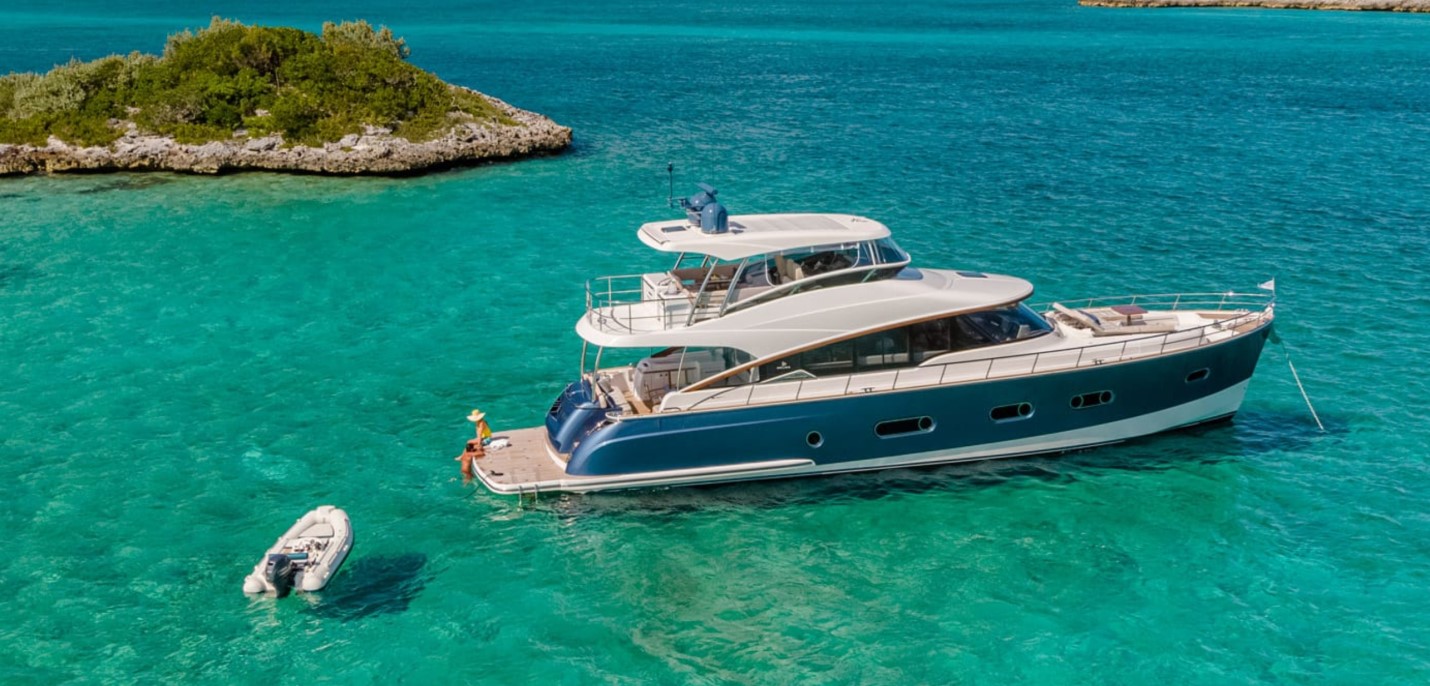
Most of us who boat and fish inland or at moderate ranges from shore have never used a High Frequency (HF) or Single Side Band (SSB) radio and would have no use for this added piece of gear on the console.
But for those who boat and fish over the horizon, this hundred-year-old technology still displays some impressive advantages over sat-com and other methods of offshore communication.
Before the first communications satellites were launched in the 1960s, High-Frequency radio was the principal means to communicate beyond the horizon. Satellite links proved to be more reliable and over time HF became more or less obsolete for most recreational boaters.
However, today there’s a resurgence in HF radio among cruising mariners and offshore anglers, in part because new automatic link establishment (ALE) protocols now make High Frequency a reliable, lower-cost alternative to satellite.
How High Frequency Radio Works
Generally speaking, radio wave propagation falls into three categories: ground wave, direct wave and skywave. Land-mobile radio deals almost exclusively with frequencies above 150 MHz, where direct wave is the only legitimate mode of propagation.
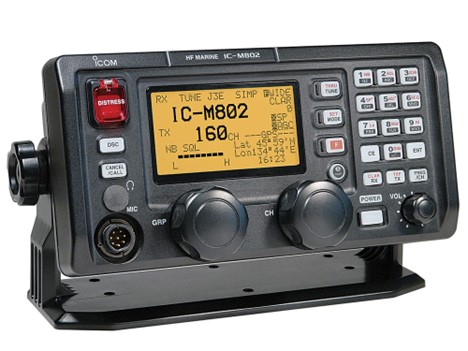
HF is different. Strictly speaking, HF radio covers the band from 3 to 30 MHz. At these frequencies, vertically polarized waves travel great distances over land and even greater distances over sea water.
But the real advantage of HF is skywave propagation, where a single link can span distances as great as 3,000 km (a little less than 1,900 miles).
Unlike VHF which is typically a line-of-sight radio, HF radios are able to refract their signals within the atmosphere providing increased range. This plays an important role in long distance communications.
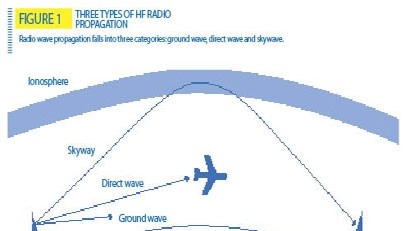
The great advantage of having this equipment aboard is obviously safety—when you need help far from the usual sources, it’s a quick and very dependable way of reaching out.
And HF also makes basic long distance communications routine.
When your cruising ambitions begin to take you further offshore, when you begin fishing the canyons, or making your first jump from the mainland to an offshore island, you quickly realize that your smart phone and your VHF radio are no longer up to the job.
Cell phones are usually limited to about 10 miles offshore.
When the distances involved get out beyond 30 NM’s or so (depending on antenna heights,) the VHF marine radio is no longer adequate to provide either normal or emergency communications.
In order to maintain the communications lifeline far offshore, you need a HF radio or a satellite communications system.
Satellite communications systems are far more common on motor yachts and sportfishing boats today, and they’re a dependable and easy-to-use solution to offshore communication.
But HF/SSB continues to maintain some advantages over Sat-Com.
For one, they’re very cost-efficient. A heavy user of sat-com can run up thousands of dollars in charges per month, while the cost of using SSB once the system is in place is almost nothing.
And SSB radio is less expensive to buy and install than sat-com, by a considerable margin. While full-featured sat-com systems can exceed $25,000 plus installation, SSB prices are currently between $2,500 and $4,500 including the radio and the necessary tuner. A functional antenna can add perhaps $1,000 installed.
And along with the long-range communications abilities of HF-SSB radio comes the potential for adaption to a number of other services.
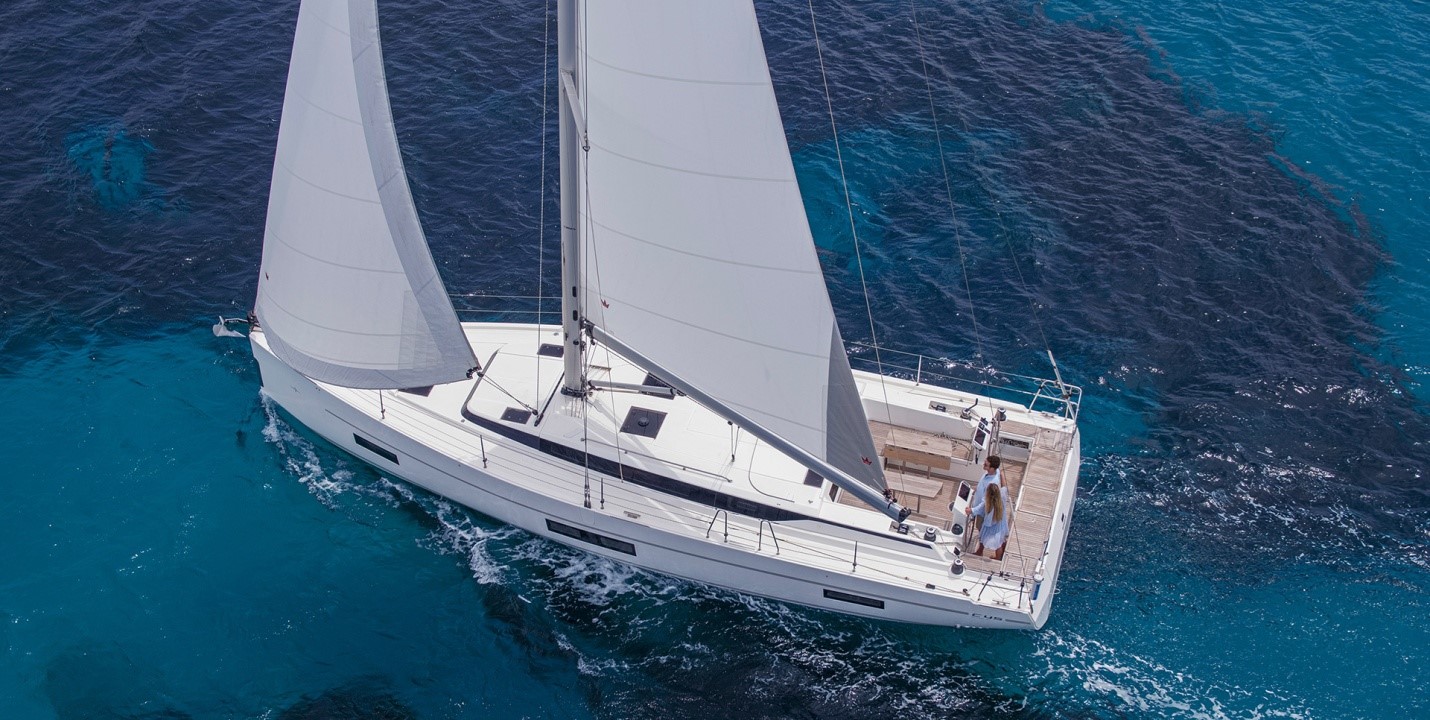
Check Your Email Offshore
Email, teletype and weather facsimile are among the many things that can be easily accessed via HF-SSB radio. It also can access NAVTEX for delivery of navigational and meteorological warnings and forecasts, as well as urgent maritime safety information (MSI).
These services are set up by making use of a computer, software like Sailmail and a modem.
Also many of the newer marine HF-SSB radios can be unlocked allowing access to the amateur radio frequencies for those boaters who are also licensed amateur radio operators.
Automatic link establishment (ALE)
Automatic link establishment is a relatively new technique to automate the once tedious and error-prone process of establishing an HF skywave link.
ALE makes the High-Frequency radio much easier to use and therefore more practical for more mariners.
ALE enables a radio station to close a link between itself and another station, or a network of stations. ALE provides an automatic, reliable and rapid method of calling and connecting during changing conditions, reception interference and use of congested HF channels.
High Frequency Packages
Output power of common marine HF/SSB equipment is 150 to 400 watts, with some shipboard equipment in the 1000+ watts range.
Anything over a 150-watt radio is unnecessary for most recreational yachting and fishing.
The needed package includes an SSB radio, an automatic antenna tuner, antenna and connectors. If you’re handy, you can install it yourself, but it’s better to pay the cost of having an experienced professional who understands SSB to do the job and assure you get the range you’re hoping for without causing problems with other systems aboard.
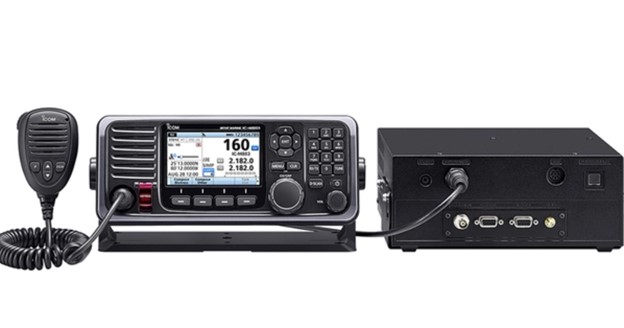
The Marine MF/HF-SSB radio is a combined transmitter and receiver much like your VHF.
The primary difference between the two is the frequency ranges that they operate in. Typically marine HF-SSB radios operate in the frequency range of 3 MHz to 30 MHz. VHF operates from 30 to 299 MHz.
SSB allows the operator to select a frequency based on atmospheric conditions that establishes communications over varying distances. The reach can be thousands of miles with the right conditions and tuning, which makes it very handy when you’re in the middle of the Indian Ocean and find water rising in the bilge.

We’ll learn more about the many uses of HF radio in Part 2.